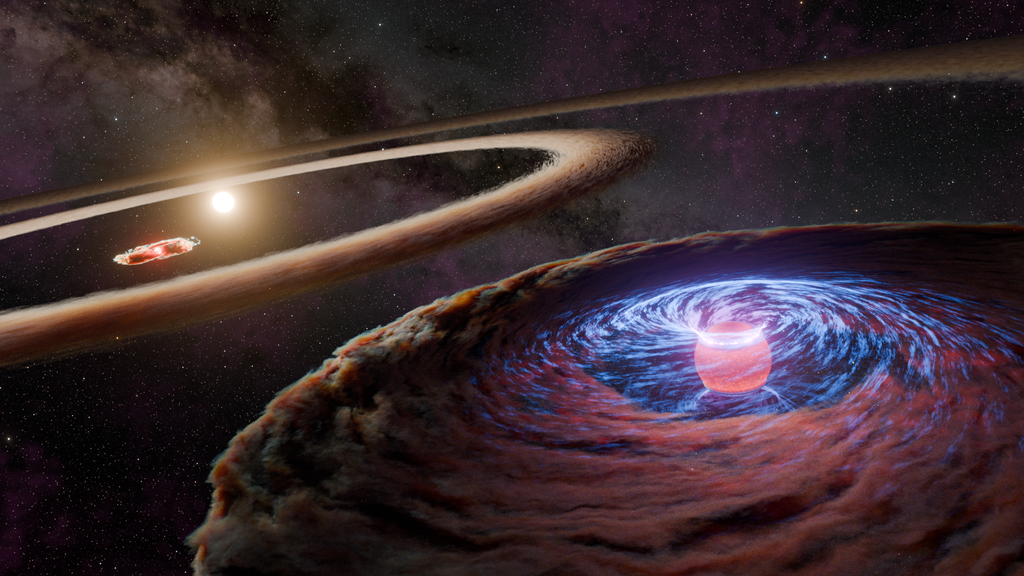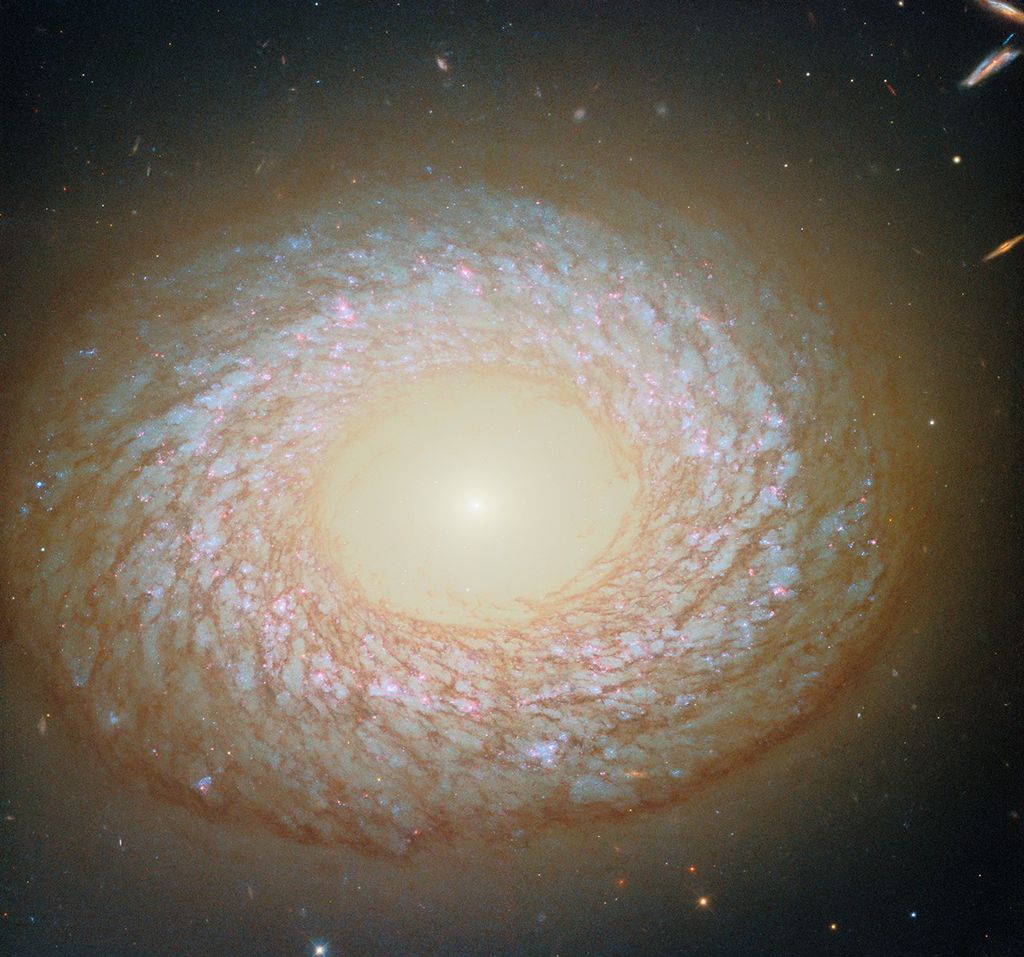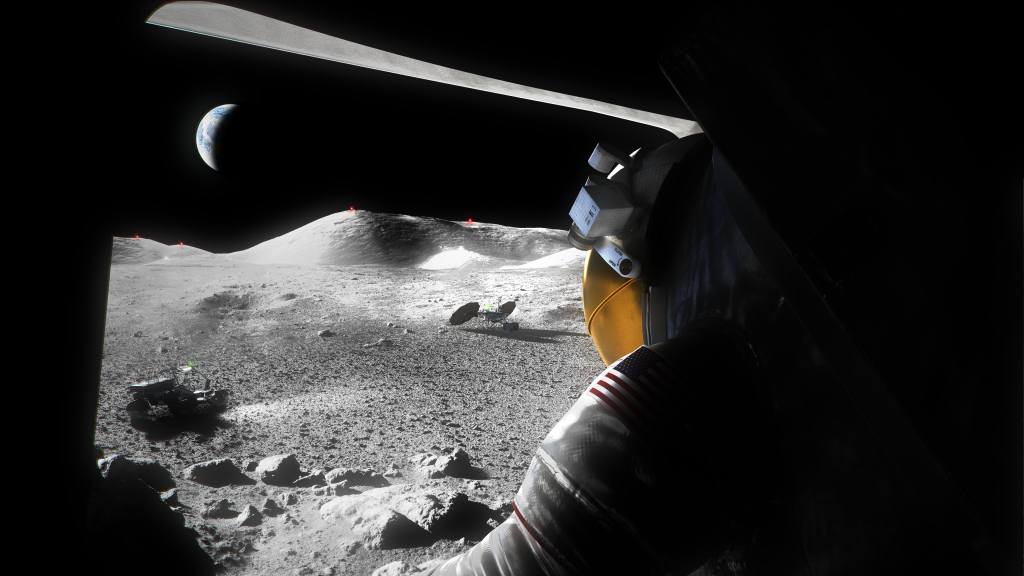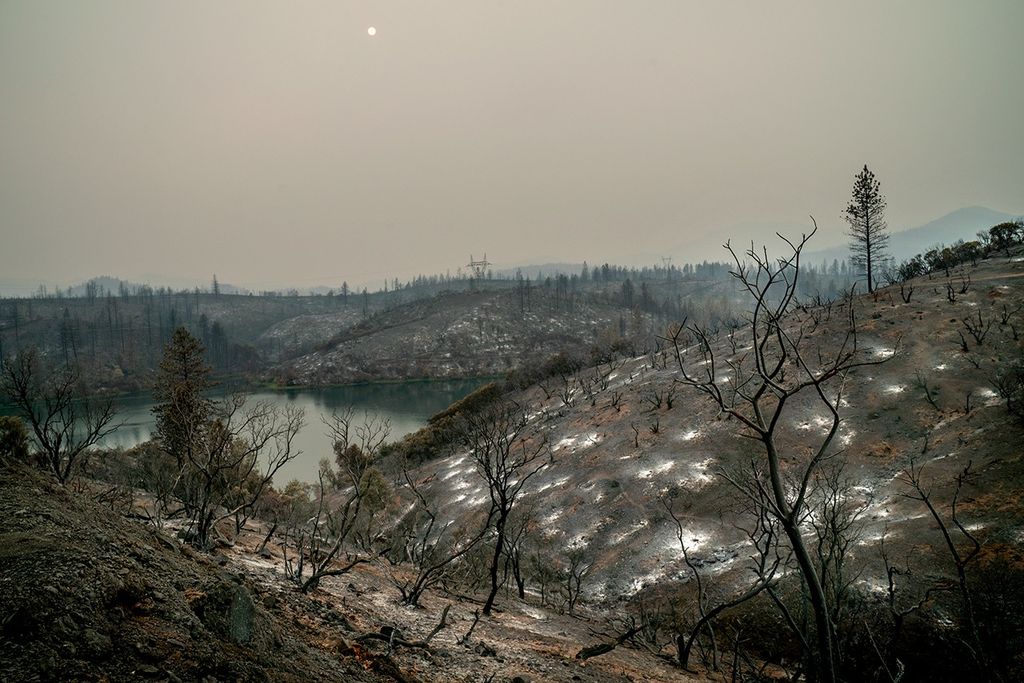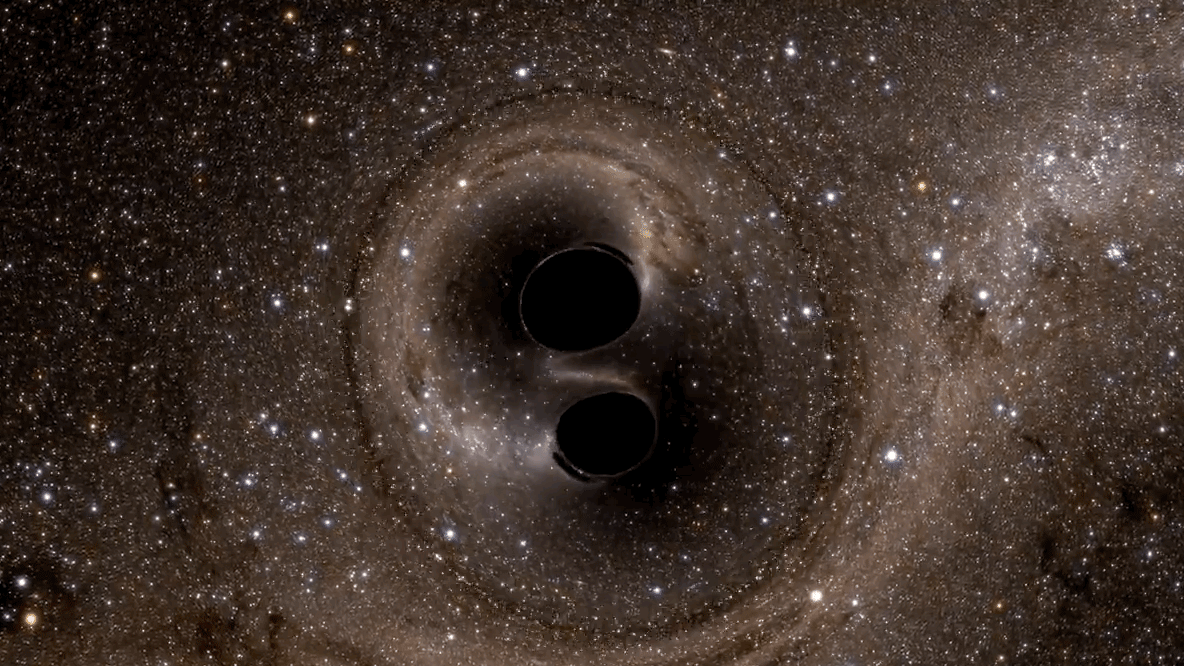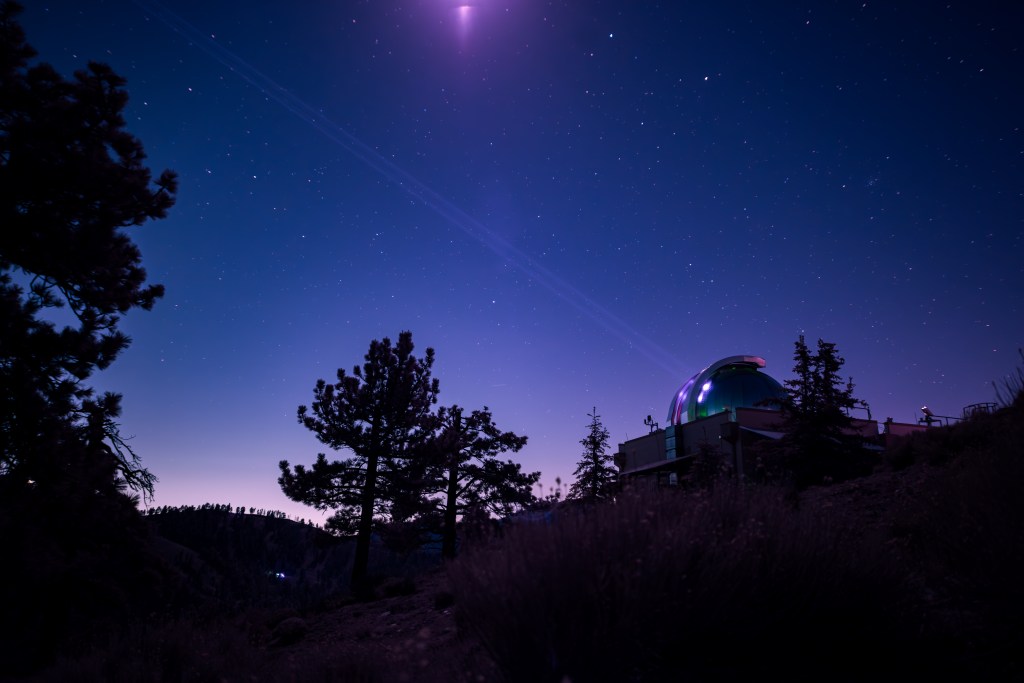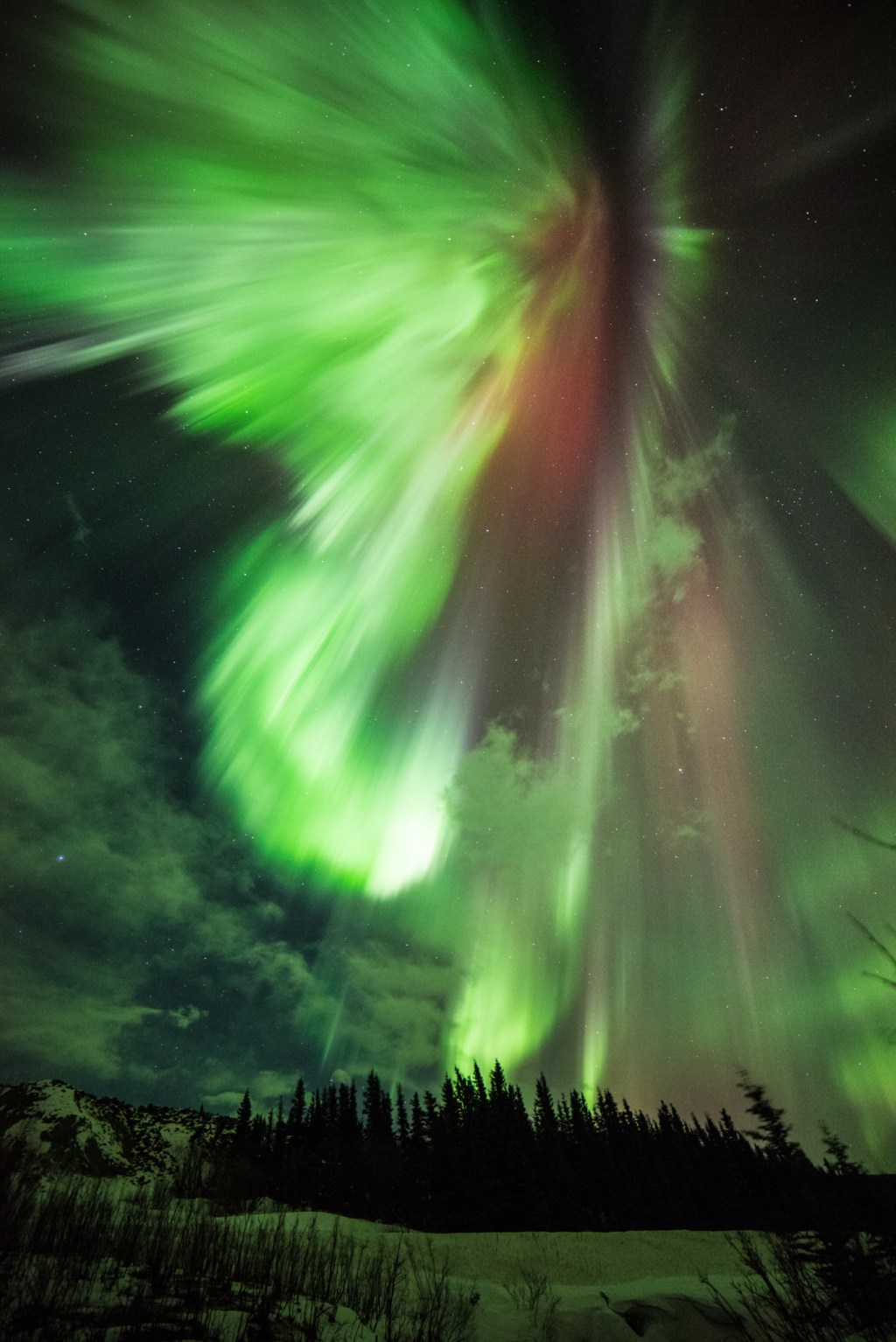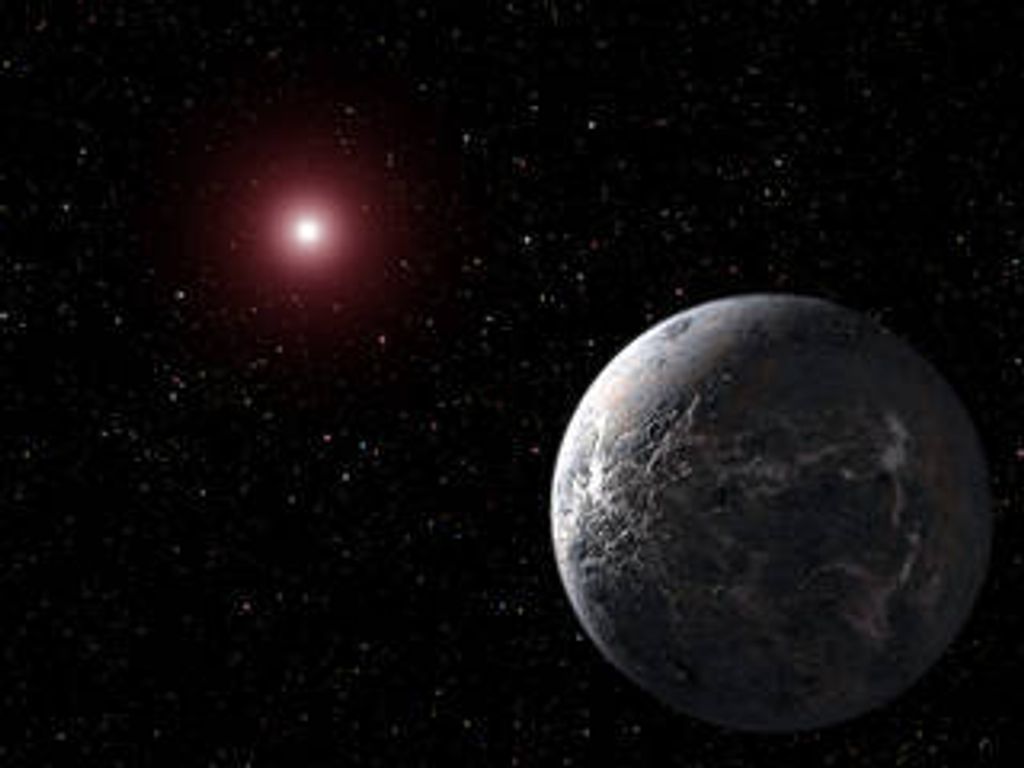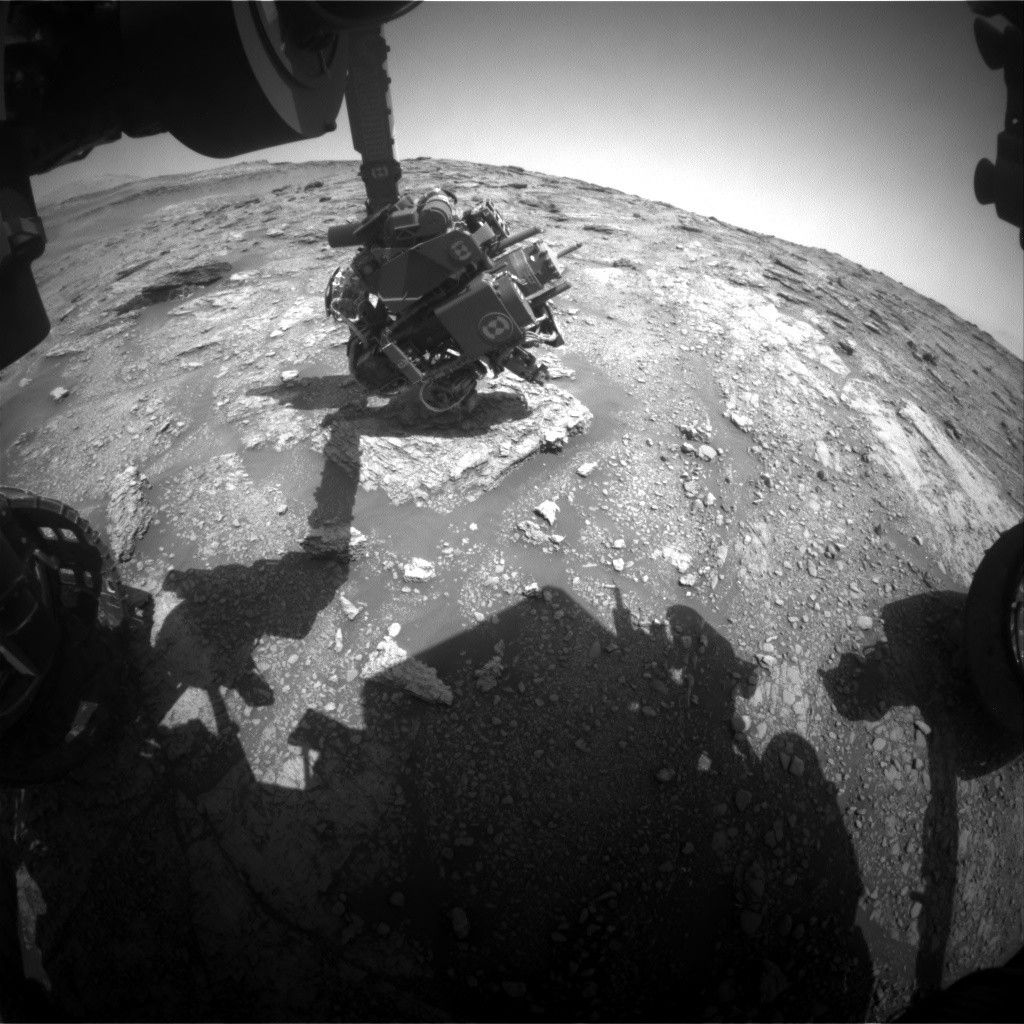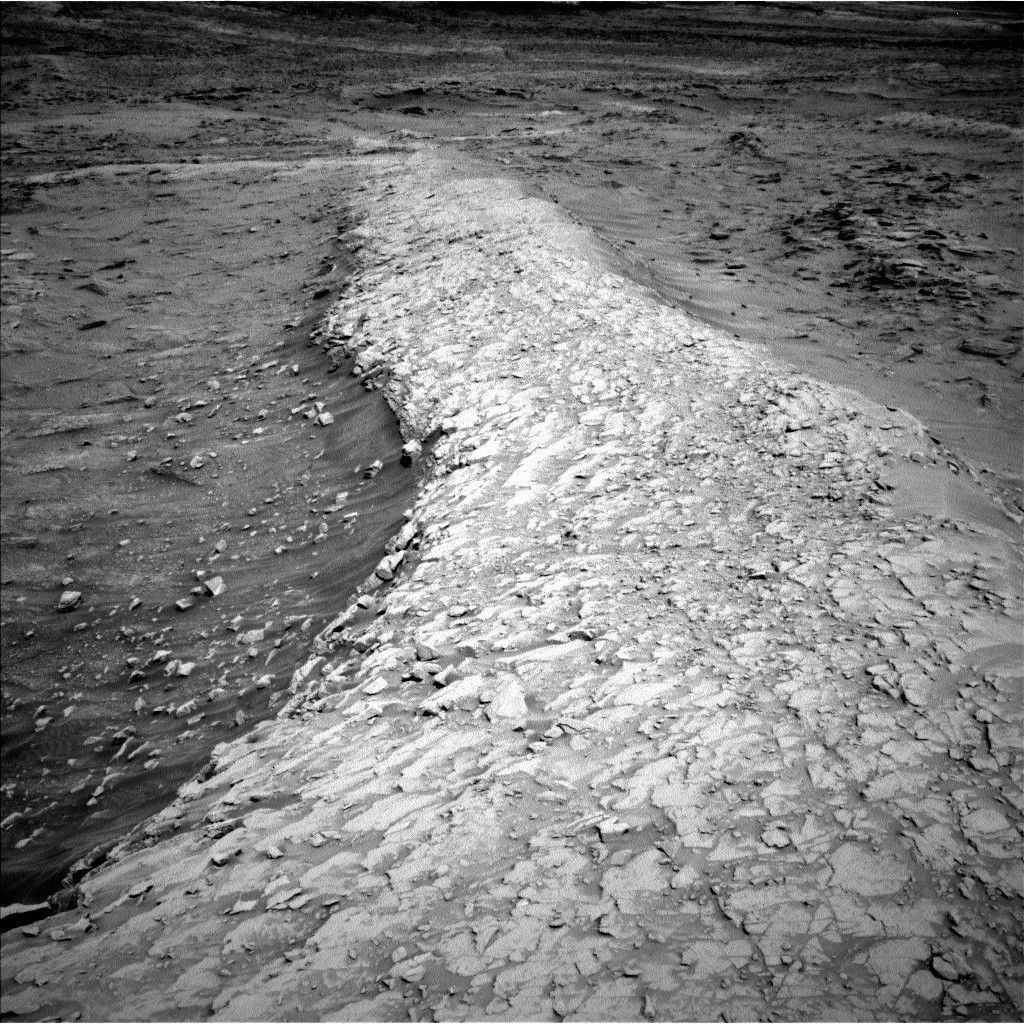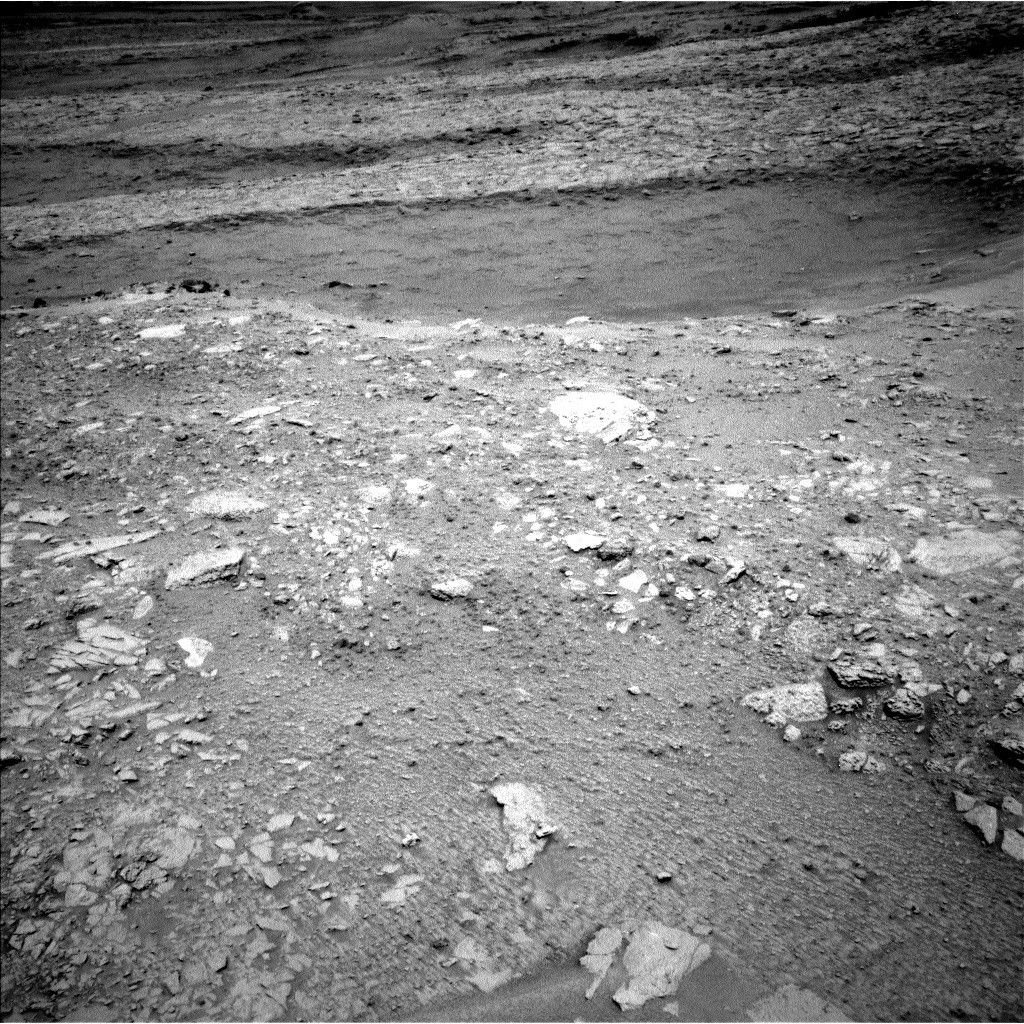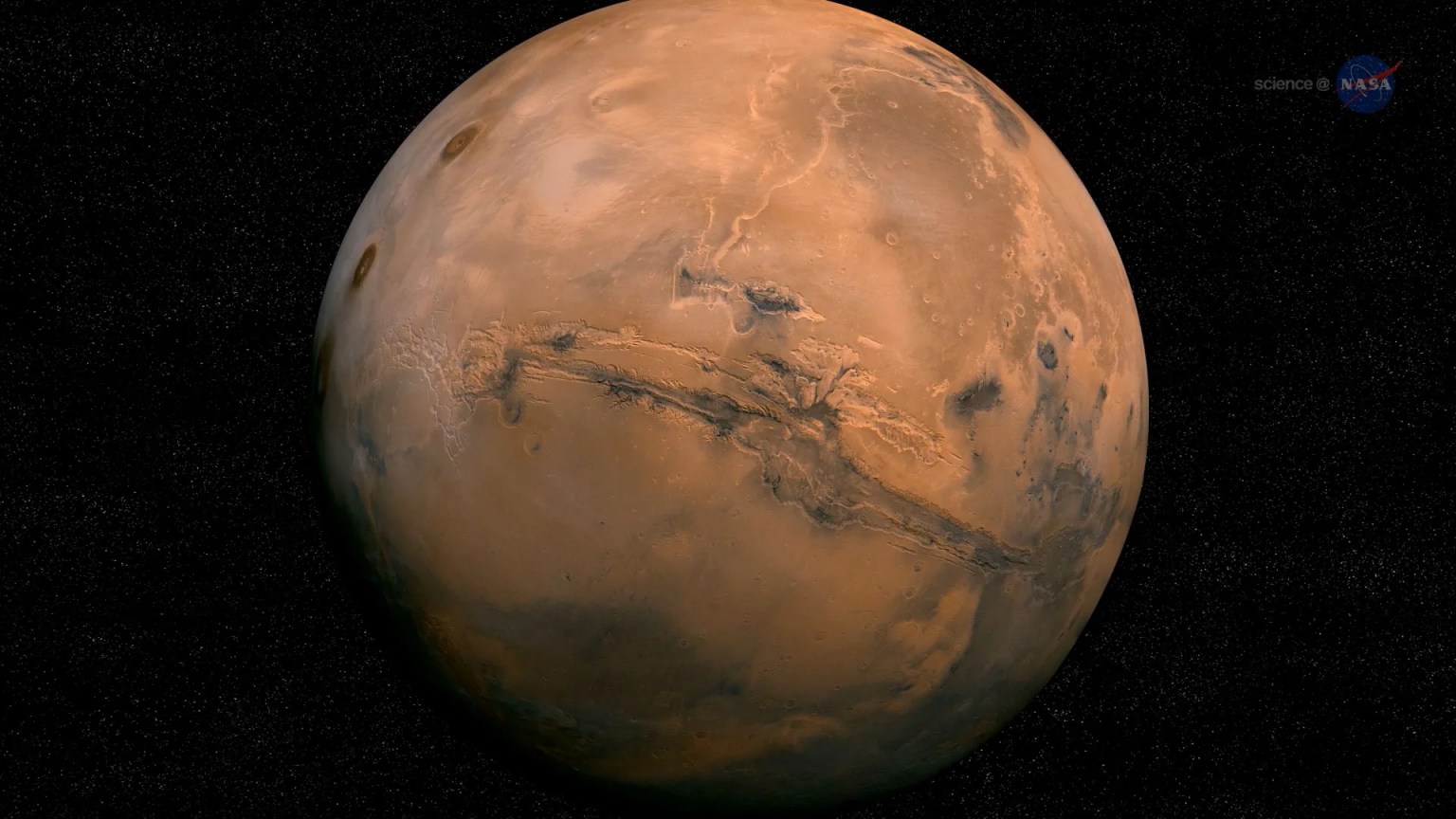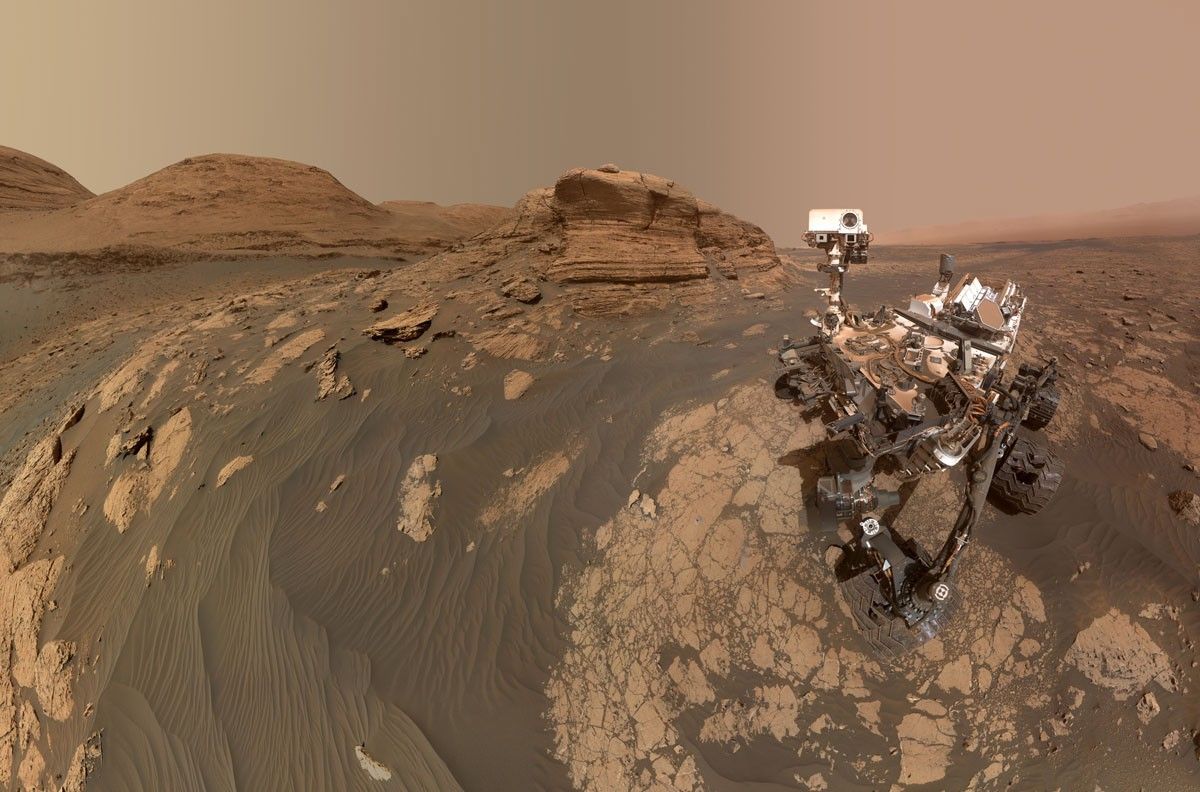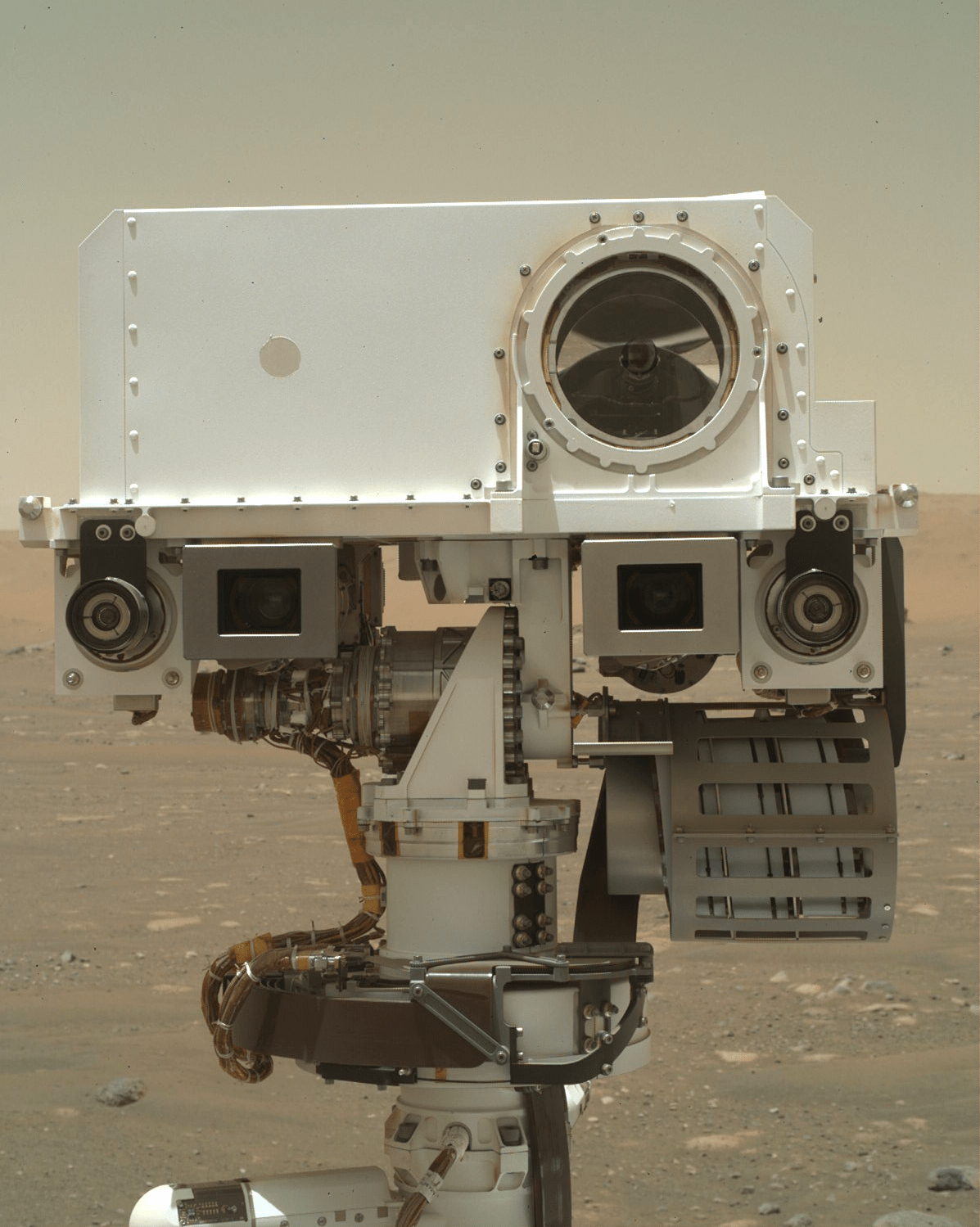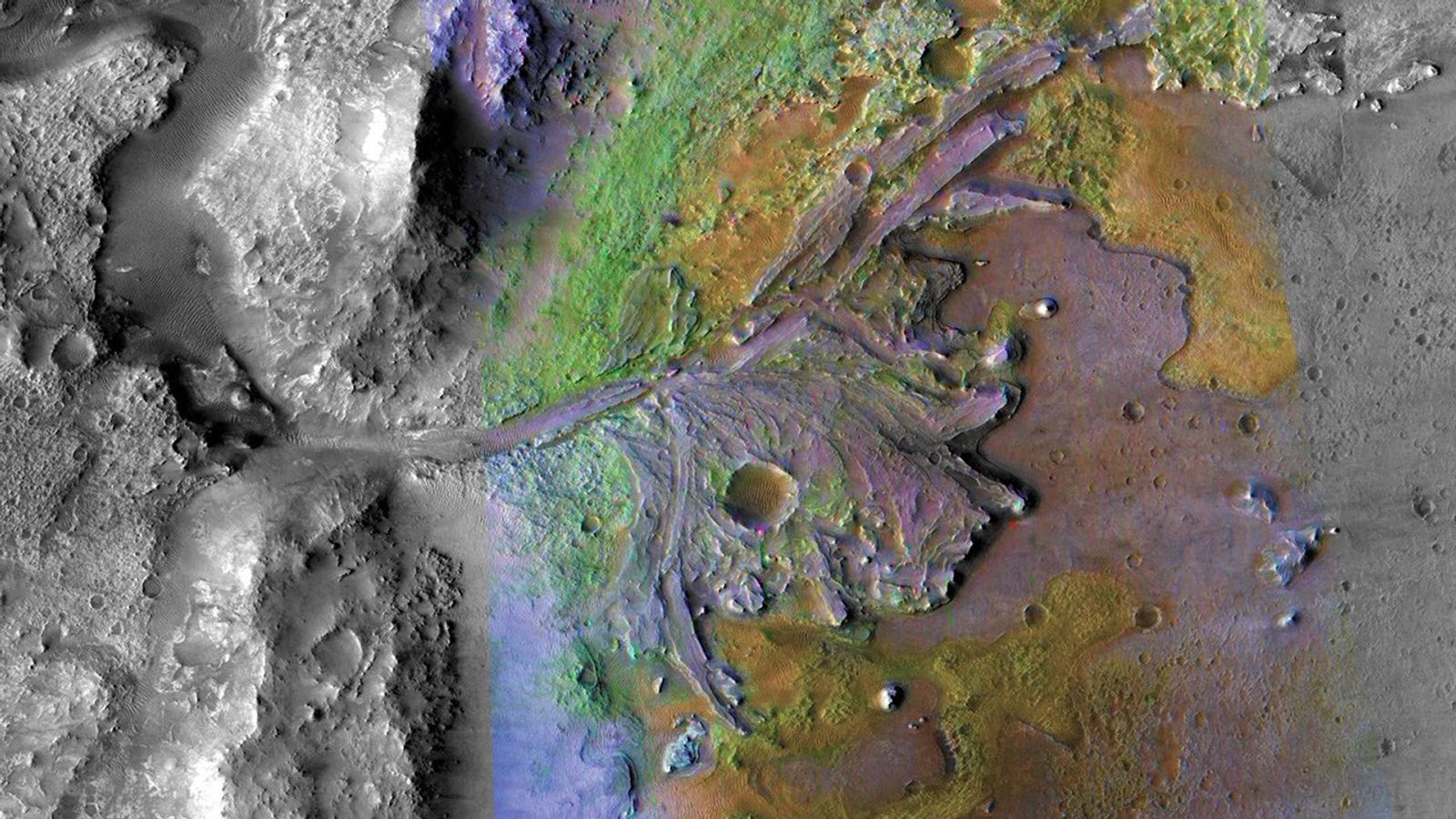Image taken by Curiosity's front hazard camera, on Sol 2454 Earth time 2019-07-02 13:28:09 UTC. It shows the APXS instrument on one of the larger blocks at Harlaw.
The 4th of July is coming up - and so the team worked to keep the rover busy without keeping ourselves busy! Today Earth time we planned two Mars sols, and tomorrow Earth time we will complete an over-sized weekend plan that will keep Curiosity busy while we celebrate 4th of July on Earth. Parts of the plan are dedicated to engineering activities and preparation for the next CheMin measurement. For the former, the most important part is a full MAHLI wheel imaging, which we do in regular intervals to monitor the health of our wheels. The latter is a CheMin empty cell analysis, so we know that we have a clean cell prepared and ready for the next drill activity. While the next drill location is not decided yet, we still use the time available during longer planning intervals to do those activities.
But there was remote science, too. We planned two ChemCam LIBS targets, one on the target "Culross" and the other one on the target "Corston." They are different in their textures and it is important to document if they are also different in their chemistry - if they are, we will find out when we come back from the holiday. In the image above, which shows the APXS on a rock a few sols ago, you might notice the lamination of the rocks. With so many sedimentary features to observe and understand, we planned a large Mastcam mosaic of the top of the ridge, so we and indeed all our colleagues around the world can study all those details and decipher the environmental condition at the time of deposition. Last but not least, we are also looking into the distance with Mastcam to an area within the "Visionarium" informally named "Eastern Outcrop." There, too, interesting sedimentary structures attracted our attention.
Written by Susanne Schwenzer, Planetary Geologist at The Open University

